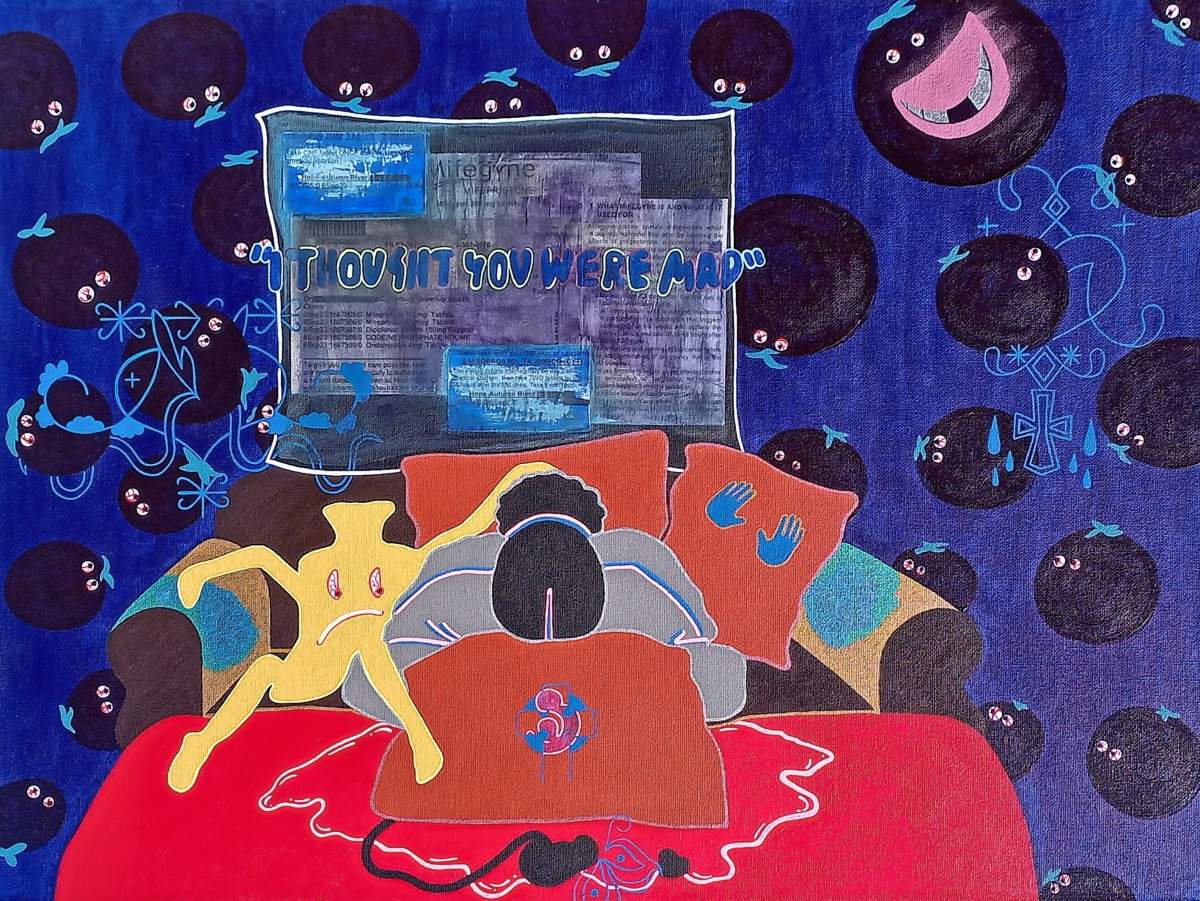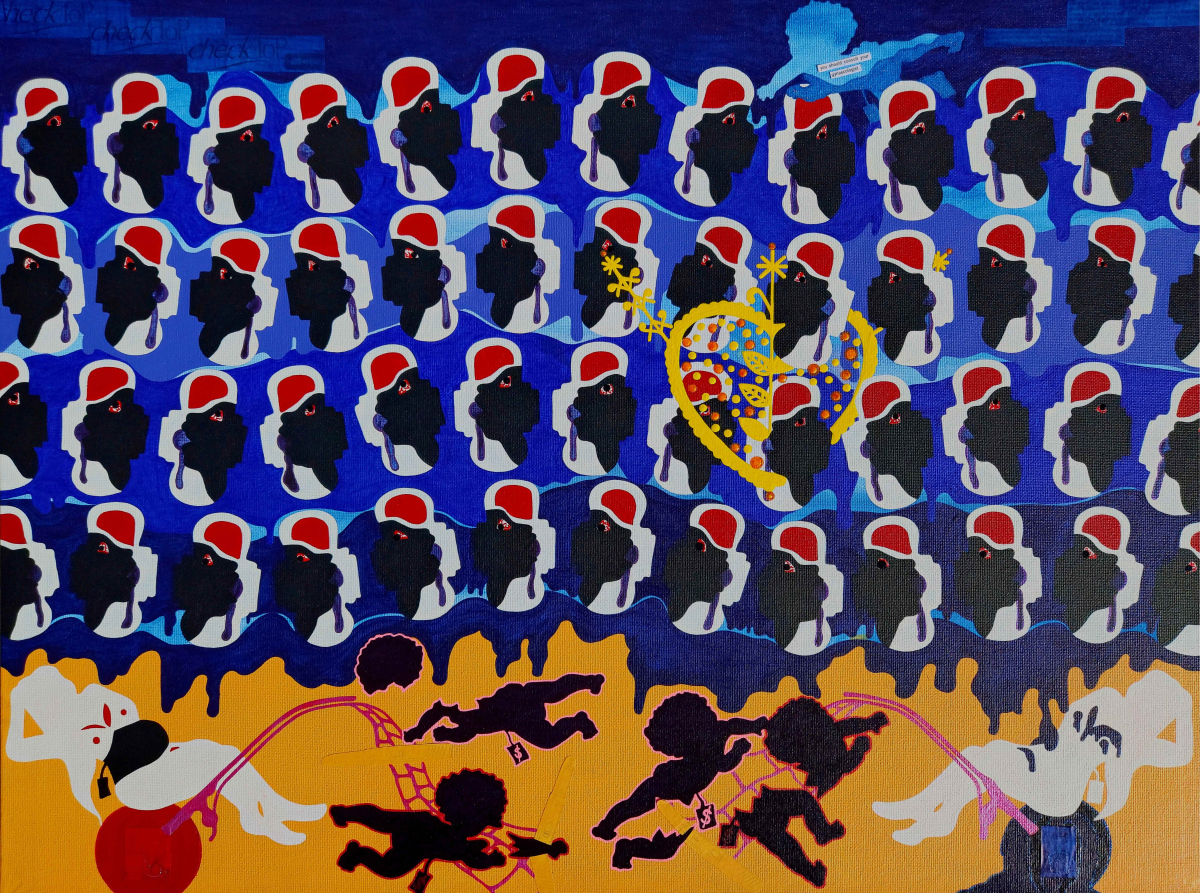-
There she was, alone, suspended in pain. Choked, hunched over, waiting for the seven-week blueberry sized fetus to pass
At 7 weeks pregnant your baby is the size of a blueberry. On day 2 of a medical abortion, you jam 4 tablets up your vagina, close your eyes, and choke down another 2 with something that doesn’t make you want to vomit. Within an hour your womb becomes an intolerable cesspit of pain. You cry. Try and pop the pain away. Nothing works. You clutch your hot water bottle like your life depends on it. Try to burn the pain into submission. Nothing works. The crimson tide begins. Your cervix softens and opens. Mifegyne has duped your body into labour. Then . . . you feel the blueberry drop . . . and you pull out the remains of the umbilical cord. Fast forward 3 weeks and 92 saturated sanitary pads later, you’re still bleeding and cramping but the gynaecologist doesn’t care because the piss stick speaks the omen of ‘not pregnant’. 5 weeks down the road and you’re still bleeding and cramping but the gynaecologist doesn’t care – she’s clearly more into the lunch she munches as you speak on the phone. You’re blue. Death feels like your saviour. You need to speak to a therapist, but everyone in NZ is vanilla. You must have someone black, someone Afrocentric. Someone who understands the intersectionality of this shitshow. You were sexually assaulted, and he said “I thought you were mad,” which a black shrink would just get, no history lesson required. The strong black woman stereotype takes a hold, and you paint because when there’s nothing left to do that’s all you can do.
-


